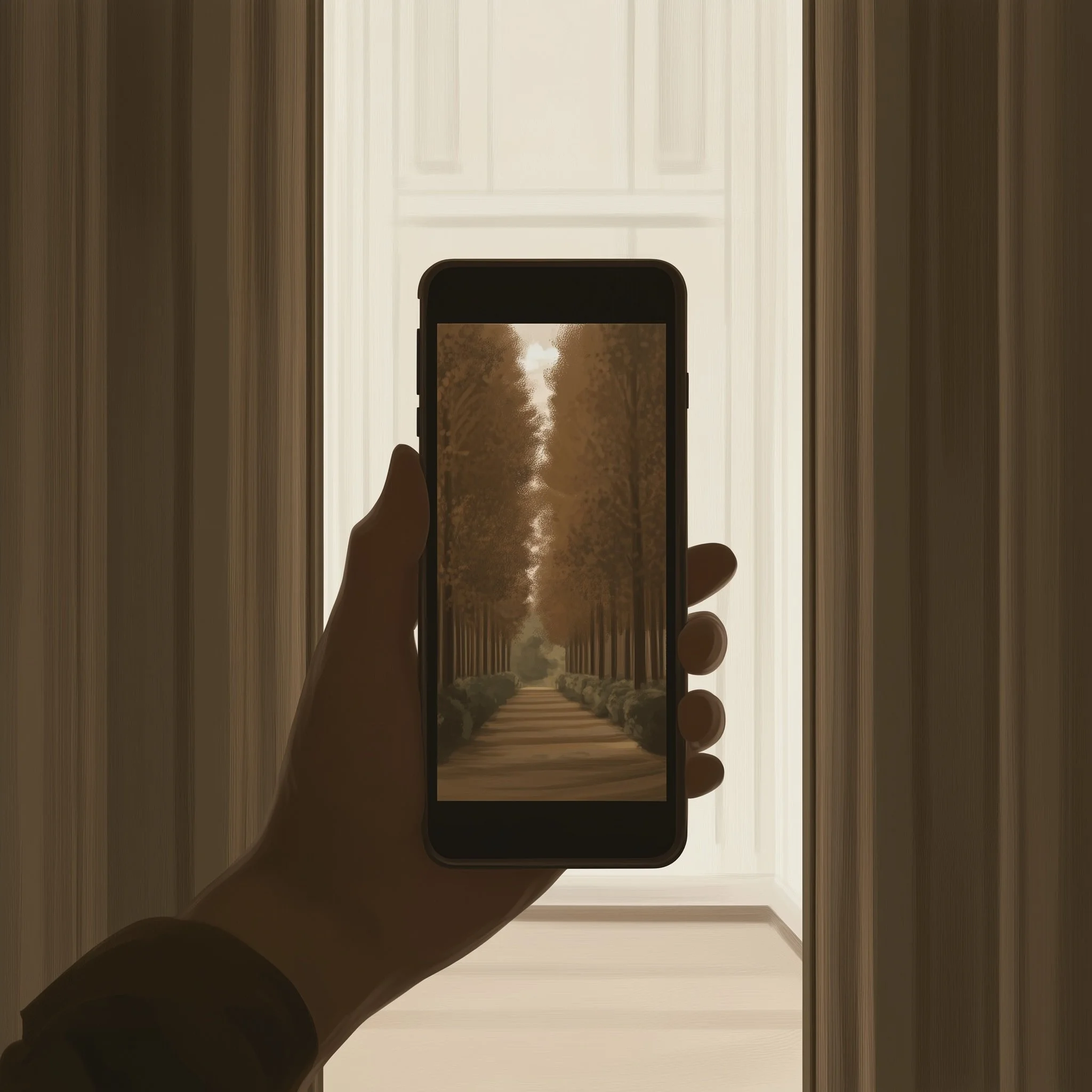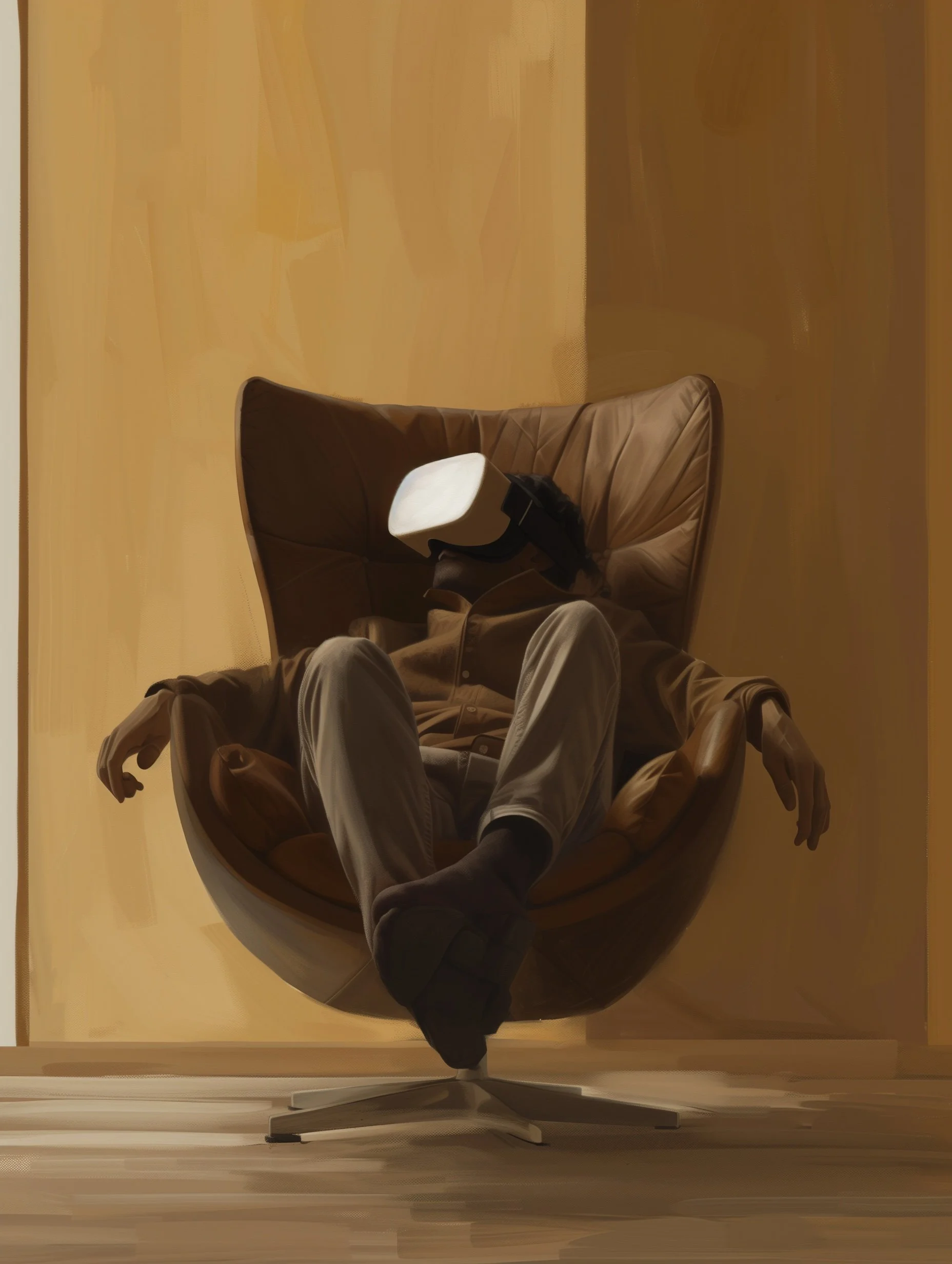Technology & The Dreamer: Tools Beyond the Mind
JOURNAL ANNOTATIONS
210 words · 1 min readThis Journal Annotation was created for the How It Works page. It expands the inquiry into how AI, AR, and VR could one day serve as scaffolding for a consciousness-first experiment.
Technology is never the awakening itself. At best, it rehearses the mind for seeing the world as dream — until clarity no longer needs devices.
The Dreamer Project is not wedded to any medium, yet technology may play a role in how the experiment unfolds. AI could one day generate mindful next steps for someone caught in separation—reminders to attune, or invitations into shared oneness when the veil feels too heavy. AR might turn daily encounters into living field tests: seeing the Dreamer reflected in others, perhaps as a mirror of the self or as archetypes of awakened presence. VR could provide memorable “lucid dreams,” dissolving the world’s separative attributes until light itself becomes the teacher.
These are only sketches. Other technologies—unexpected, hybrid, or even organic—may prove useful. A psilocybin journey, a video game, a film like The Matrix or Paprika—all can be mind-binding devices, rehearsals in seeing the world as interface rather than fact. As Donald Hoffman argues in The Case Against Reality, perception may be less a mirror of the world than a dashboard built for survival. If so, why not design new dashboards that hint at the Dreamer?
For now, this remains a future-phase speculation. An app, immersive media, or peer-based platform may someday support the collective inquiry. But the principle stays the same: technology is not the awakening—it is only scaffolding. The real experiment is still perception, renewed in the present.
Further Reading.
Bibliothèque: Donald Hoffman, The Case Against Reality — perception as dashboard, not mirror
The Wachowskis, The Matrix — cinematic metaphor for illusion and interface
Satoshi Kon, Paprika — dreams and technology as portals of perception
This page is a living document. Last updated: Sept 29, 2025.
Connection: Extends the How It Works page by exploring speculative roles of AI, AR, and VR in scaffolding perception shifts.
Updates in this version: Reframed technology as rehearsal, clarified scaffolding vs. awakening distinction, added references to cultural works (The Matrix, Paprika).



